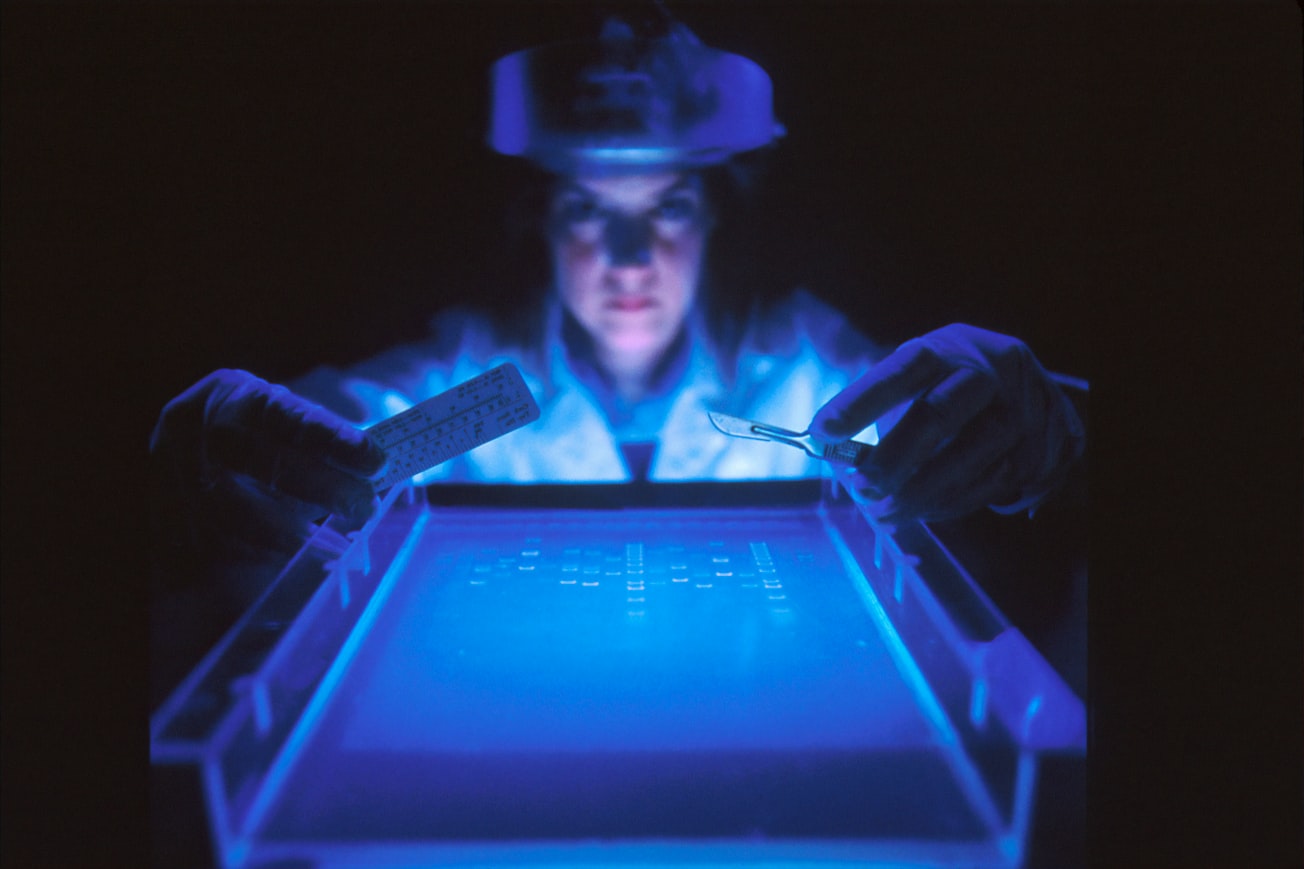What is it about?
In animal testing for tissue regeneration and drug-eluting biomaterials, it is important to have the best possible safety and efficacy characterization before human trials, which are very expensive. However, conventional biomaterial evaluation requires sacrificing animals for histological analysis, which is costly, inaccurate, discontinuous, and unethical. To address this issue, a novel microfluidic platform is presented in this study, capable of performing nondisruptive fluid manipulations within a simulated rat skull. This platform is integrated with a combinatorial multiplexer for better scaling of many time points and biological signal measurements, allowing for ex vivo analysis of collected samples. The technology is potentially versatile enough for other in vivo sampling applications and could benefit companies developing, testing, and producing vaccines and drugs, by accelerating the translation of advanced cell culturing tech to the clinical market. Moreover, nondestructive monitoring of the in vivo environment can lower animal experiment costs and provide data-gathering continuity superior to conventional destructive analysis, while reducing the sacrifices associated with animal experimentation, making it more ethical.
Featured Image

Photo by National Cancer Institute on Unsplash
Why is it important?
The novel microfluidic platform presented in this study is important for several reasons. Firstly, it addresses the ethical concerns associated with animal experimentation by reducing the number of animals sacrificed for histological analysis. This is particularly important in the development of tissue regeneration-promoting and drug-eluting biomaterials, where multiple time points need to be monitored to assess safety and efficacy. Secondly, the platform provides a more accurate and continuous monitoring of the in vivo environment, which can improve the characterization of biomaterials before committing to human trials. Thirdly, the technology is potentially versatile enough for other in vivo sampling applications, which could benefit the development, testing, and production of vaccines and drugs by accelerating the translation of advanced cell culturing tech to the clinical market. Lastly, the platform's ability to perform nondisruptive fluid manipulations within a simulated rat skull could significantly lower animal experiment costs. Overall, this technology could improve the safety and efficacy characterization of biomaterials, reduce animal experimentation, and accelerate the translation of advanced cell culturing tech to the clinical market.
Perspectives
The perspectives for this novel microfluidic platform are promising. Firstly, the platform's ability to perform nondisruptive fluid manipulations within a simulated rat skull could significantly reduce the cost of animal experimentation, making it more accessible for researchers. Secondly, the platform's versatility makes it suitable for a wide range of in vivo sampling applications, which could benefit the development, testing, and production of vaccines and drugs. Thirdly, the platform's ex vivo analysis of collected samples adds previously unavailable ease and flexibility, allowing for more accurate and continuous monitoring of the in vivo environment. Lastly, the reduction of sacrifices stemming from the use of this technology would make future animal experiments more ethical. In the future, improvements in the technology could lead to better scaling of many time points and biological signal measurements, making it even more useful for biomaterial evaluation. Moreover, future implantation protocols could be optimized for the platform, which could improve the efficacy and safety of biomaterials, leading to better outcomes in human trials. Overall, this novel microfluidic platform has the potential to significantly improve the development and evaluation of biomaterials, as well as lower animal experimentation costs and improve ethical standards.
Roman Voronov
New Jersey Institute of Technology
Read the Original
This page is a summary of: Addressable microfluidics technology for non-sacrificial analysis of biomaterial implants in vivo, Biomicrofluidics, March 2023, American Institute of Physics,
DOI: 10.1063/5.0137932.
You can read the full text:
Contributors
The following have contributed to this page










